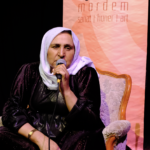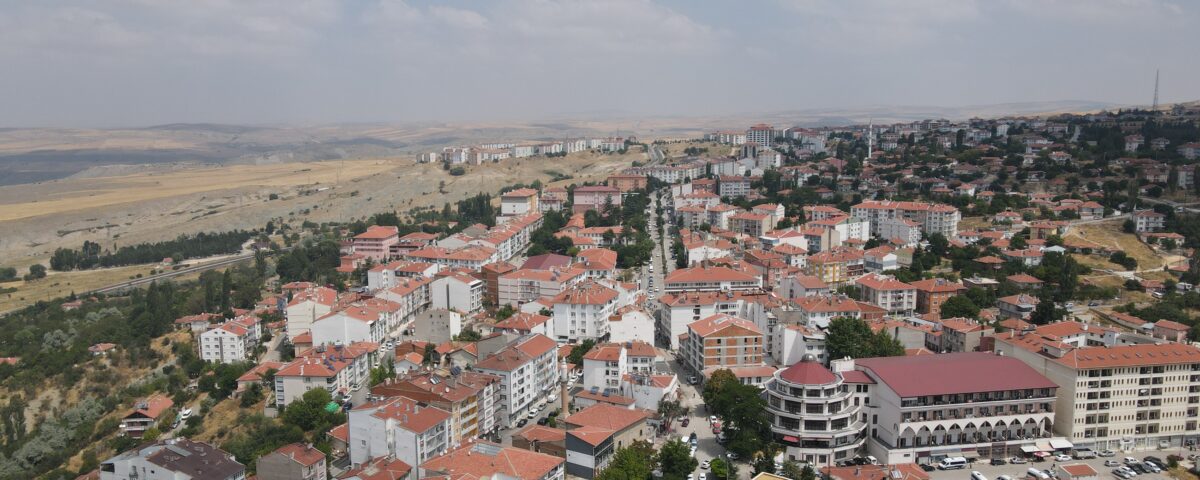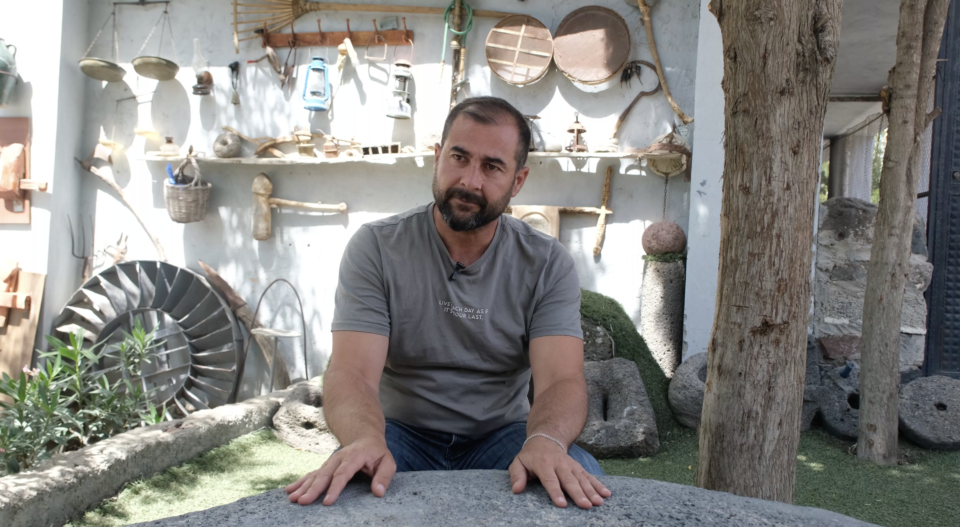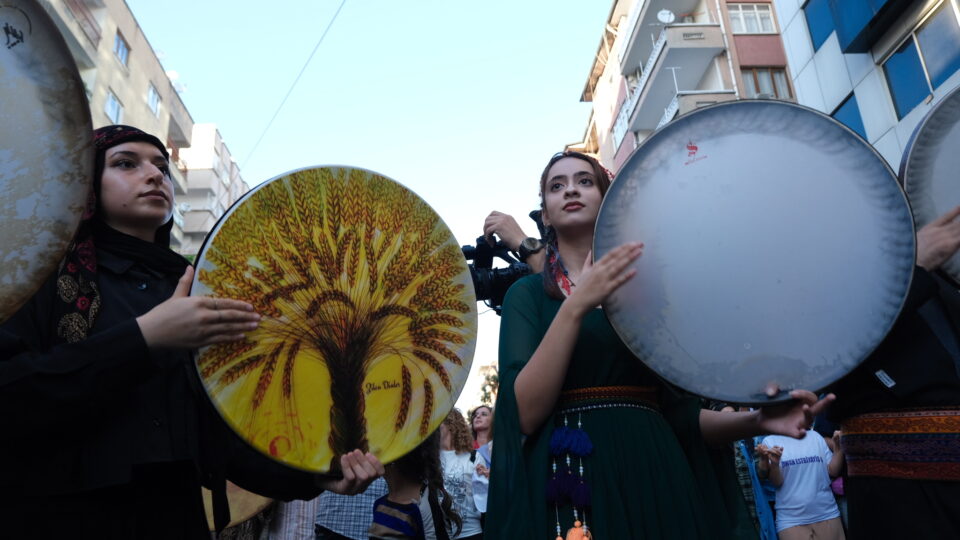
Dengbêj Kurdê: We have not knitted anything beautiful in this world
23.04.2025
The colorful world of traditional clothing in Beytüşşebap
23.04.2025The Kurdish presence in Central Anatolia has attracted the attention of many travelers and researchers throughout history.
The migration of Kurds to this region dates back a thousand years according to some sources, and 250-300 years according to some historical findings.
Today, settled Kurdish communities living in provinces such as Konya, Ankara, Aksaray, Sivas, Kırıkkale and Yozgat largely preserve both their historical and cultural identities.
What do historical sources say?
In travelogues dating back centuries, foreign travelers frequently mentioned the Kurds living in this geography.
French, English, German and Russian travelers who visited the region mentioned Kurdish villages, lifestyles, clothing and language structures in their notes.
These testimonies are also important sources for today’s research.
An in-depth review by Birnebun Magazine writers
Birnebun Magazine writers Nuh Ateş and Fikret Yıldız (Dr. Mîkaîlî) evaluated the historical background of the Central Anatolian Kurds for Şoperêç by examining both foreign traveler sources and local archive documents.
“The historical roots of the Kurds in Central Anatolia have been a neglected subject for a long time.
We frequently come across Kurdish villages in this region in foreign sources.
We are trying to compile this memory based on both oral sources and written documents,” says Dr. Mîkaîlî.
What is known about the Central Anatolian Kurds?
It is thought that the migration movements are directly related to the Ottoman settlement policies.
The majority of settlements consist of villages based on agriculture and animal husbandry.
🗣️ Kurdish dialects close to Zazaki, Kurmancî and Sorani are still spoken.
🎵 Oral culture, dengbejlik and traditional songs continue to live in these communities.
Why is it important?
✅ Notes of foreign travelers are very valuable in terms of historical testimony.
✅ It offers new perspectives for the visibility of Kurds in Central Anatolia.
✅ It is meaningful in terms of documenting cultural continuity and resistance to assimilation.






